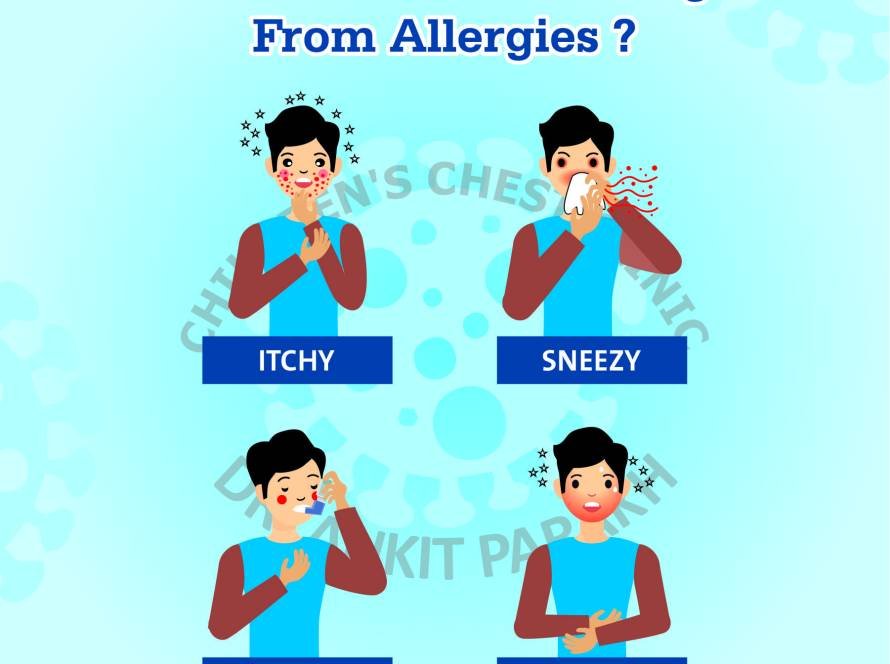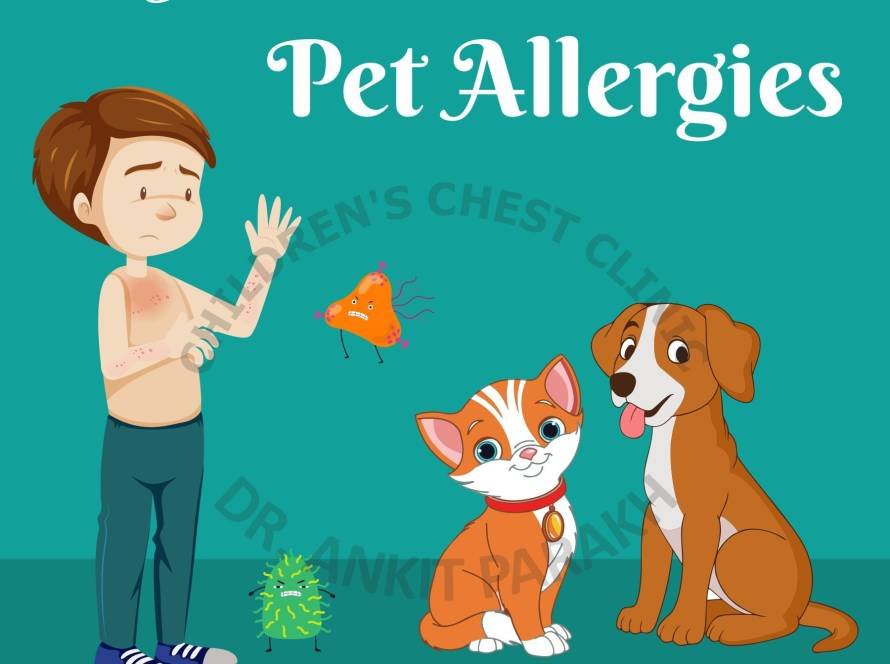Foreign-body aspiration is a common occurrence in children especially less than 5 years of age. Foreign-body aspiration can lead to a life-threatening event that requires urgent removal of the foreign body. However, in many cases the diagnosis gets delayed when the history is atypical or when parents fail to appreciate the significance of symptoms, or when symptoms and x-ray findings are misleading or overlooked by the treating doctor.
In this article we review the incidence of foreign-body aspiration in children, its signs and symptoms and its management.
What are the signs and symptoms of an aspirated foreign body in a pediatric patient?
In many children the history of foreign body aspiration is apparent like choking and turning blue while eating something. This is usually followed by persistent cough and noisy breathing (or wheezing) and fast breathing in the chest. On chest examination a wheezing sound is usually heard and there might be reduced breath sounds on one side of the chest.
In some children the episode of choking might be missed by parents and caregivers. In these children the diagnosis gets delayed. These children would present to the doctor with noisy breathing, wheezing and fast breathing. It is not uncommon for these children to be managed as recurrent wheezing and asthma. A high index of suspicion is required in such a situation by the treating doctor. If the foreign body aspiration remains undiagnosed it can lead to various complications as described below.
How do you confirm foreign-body aspiration?
The diagnosis of an aspirated foreign body is based on a combination of the signs and symptoms which the child has and chest x rays.
Radio opaque foreign bodies can be seen on the x ray like pin, screws etc, but vegetable foreign bodies like pieces of nuts, plastic foreign bodies etc cannot be seen. There can be indirect signs on the chest xray like over-inflation or collapse of one lobe or lung, pneumonia, pneumothorax (air leak in pleural space), pneumomediastinum (air is present in the mediastinum, the space in the chest between the two lungs) or subcutaneous emphysema (air gets into tissues under the skin). It should be recognized that chest x-rays can be normal in 30 % children with aspirated foreign bodies. Hence, a normal chest x ray does not rule out a foreign body aspiration. CT Scan of the chest is not very useful for confirming the presence of foreign body in a child’s airway.
If a foreign body in the airway is strongly suspected, a child needs to undergo an airway examination with a flexible bronchoscopy performed under sedation. Flexible bronchoscopy is the only confirmatory investigation.
What are the complications of foreign-body aspiration in children?
Aspirated foreign body if left in the airway for a long time leads to severe swelling in the airway. This persistent swelling in the airway leads to the development of granulation tissue around the foreign body. This leads to formation of pneumonia which is non-responsive to antibiotics. Other complications could be an air-leak in the chest (pneumothorax), in the space between the lungs (pneumo-mediastinum) and in the chest wall (subcutaneous emphysema).
How do you manage foreign body airway obstruction in children?
Aspirated foreign bodies should be removed as early as possible to relieve the child’s symptoms and prevent complications. Flexible bronchoscopy can be used to confirm the presence of foreign body in the airway as well as its removal. Flexible bronchoscopy can be done under minimal sedation in the bronchoscopy room thus avoiding general anesthesia. In occasional cases a rigid bronchoscopy might be needed if the aspirated foreign body is badly stuck or is very large in size.
In case your child has symptoms suggestive of foreign body aspiration do get in touch with a pediatric pulmonologist for diagnosis and further management.







